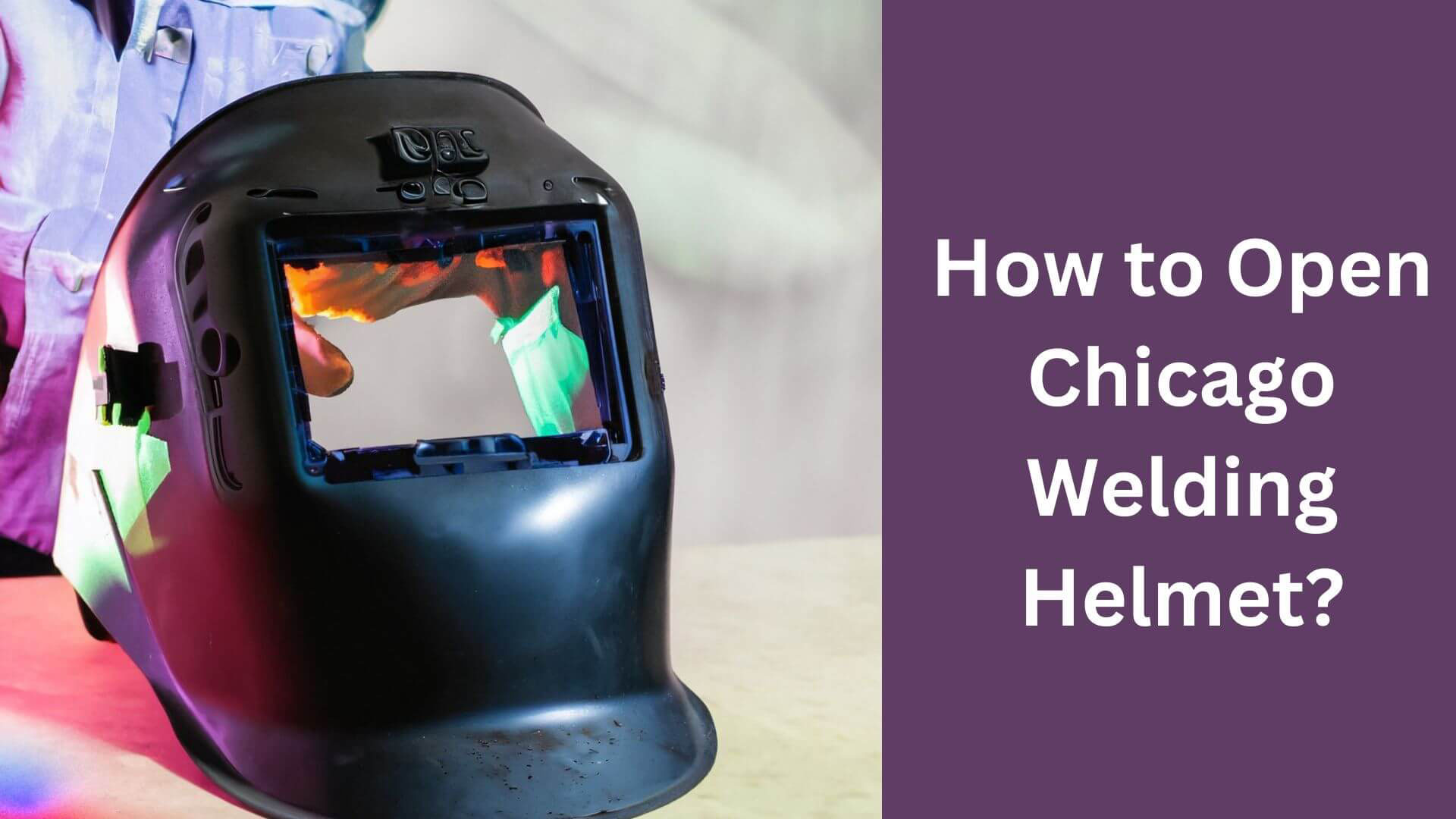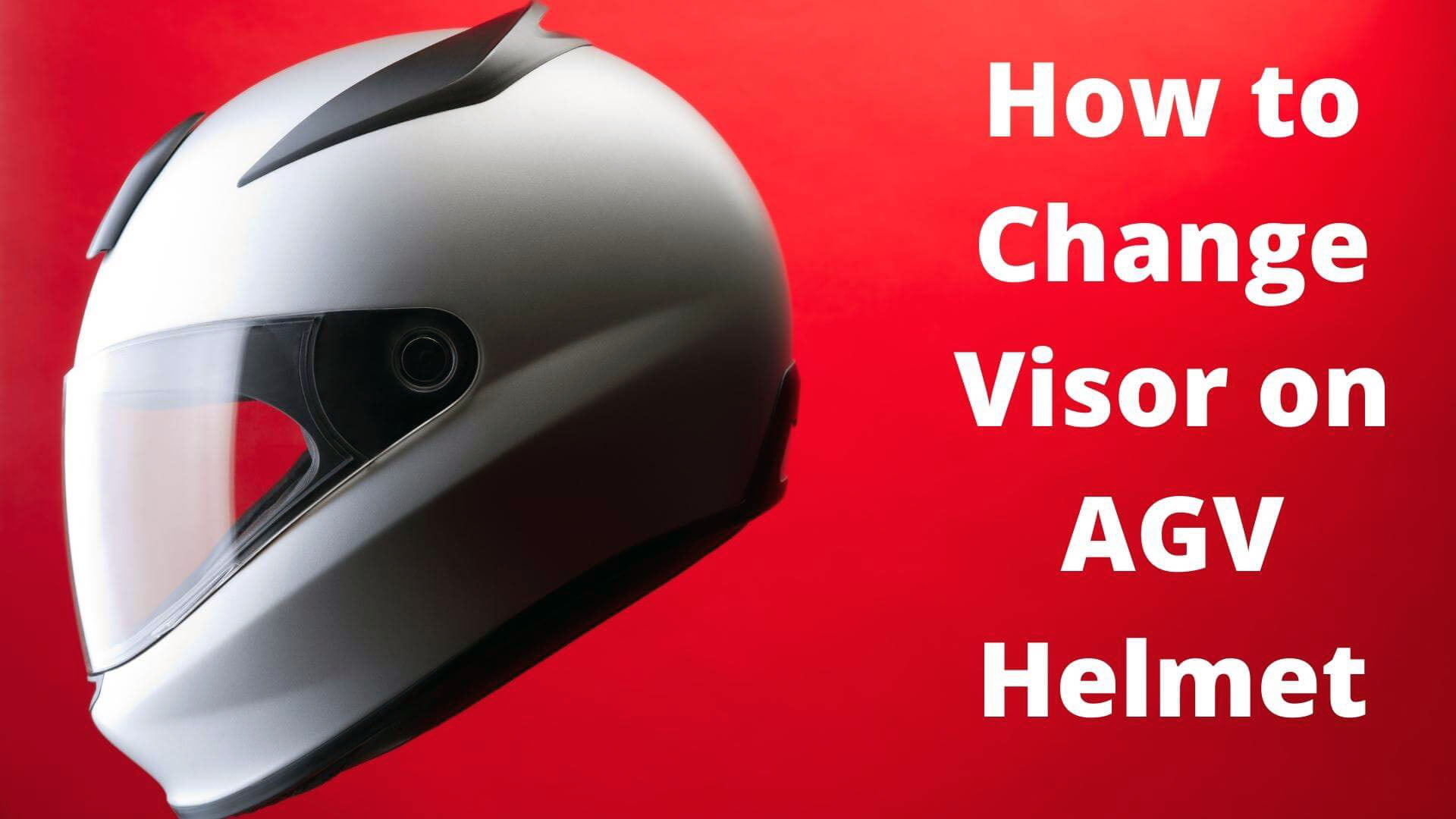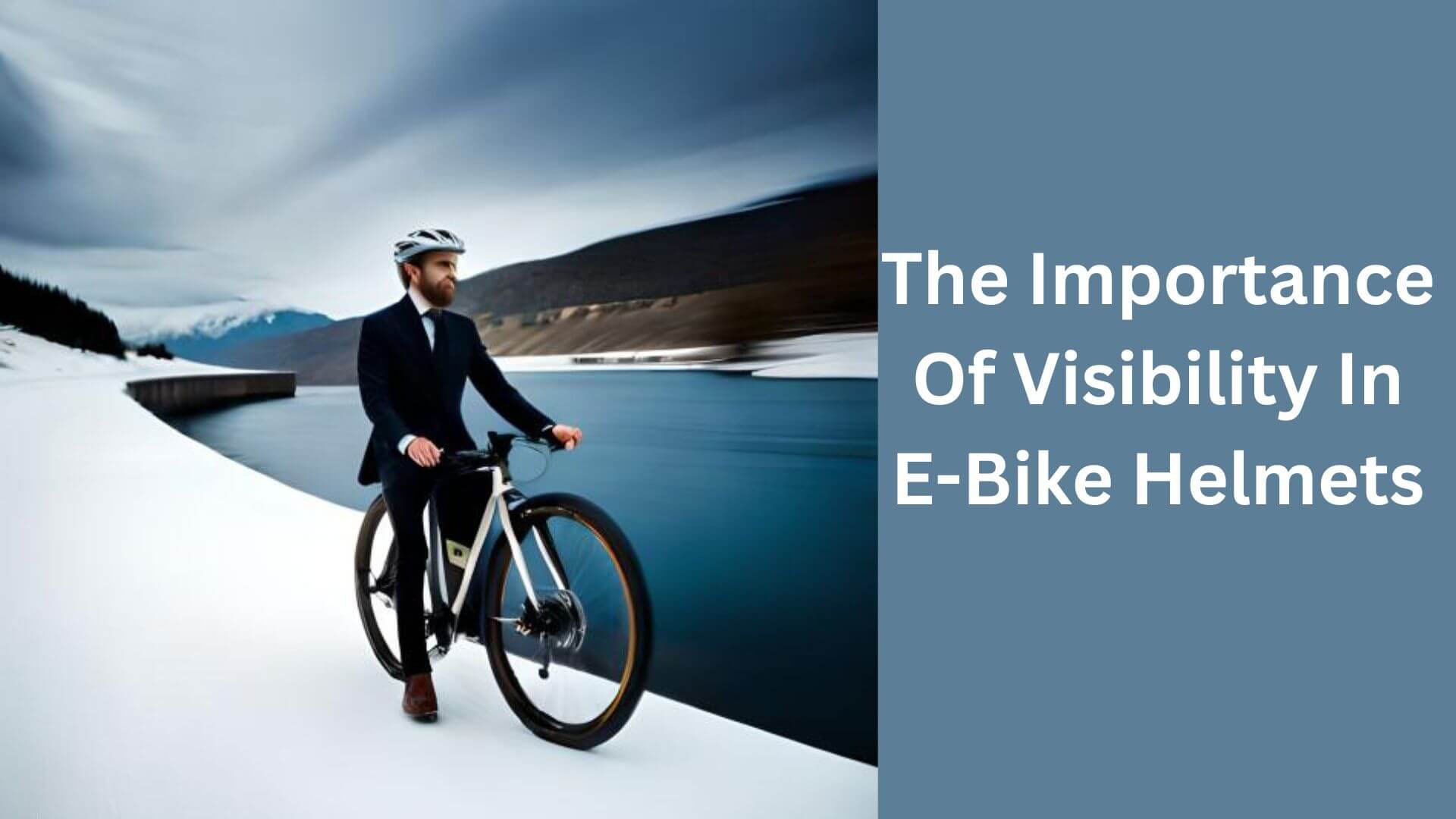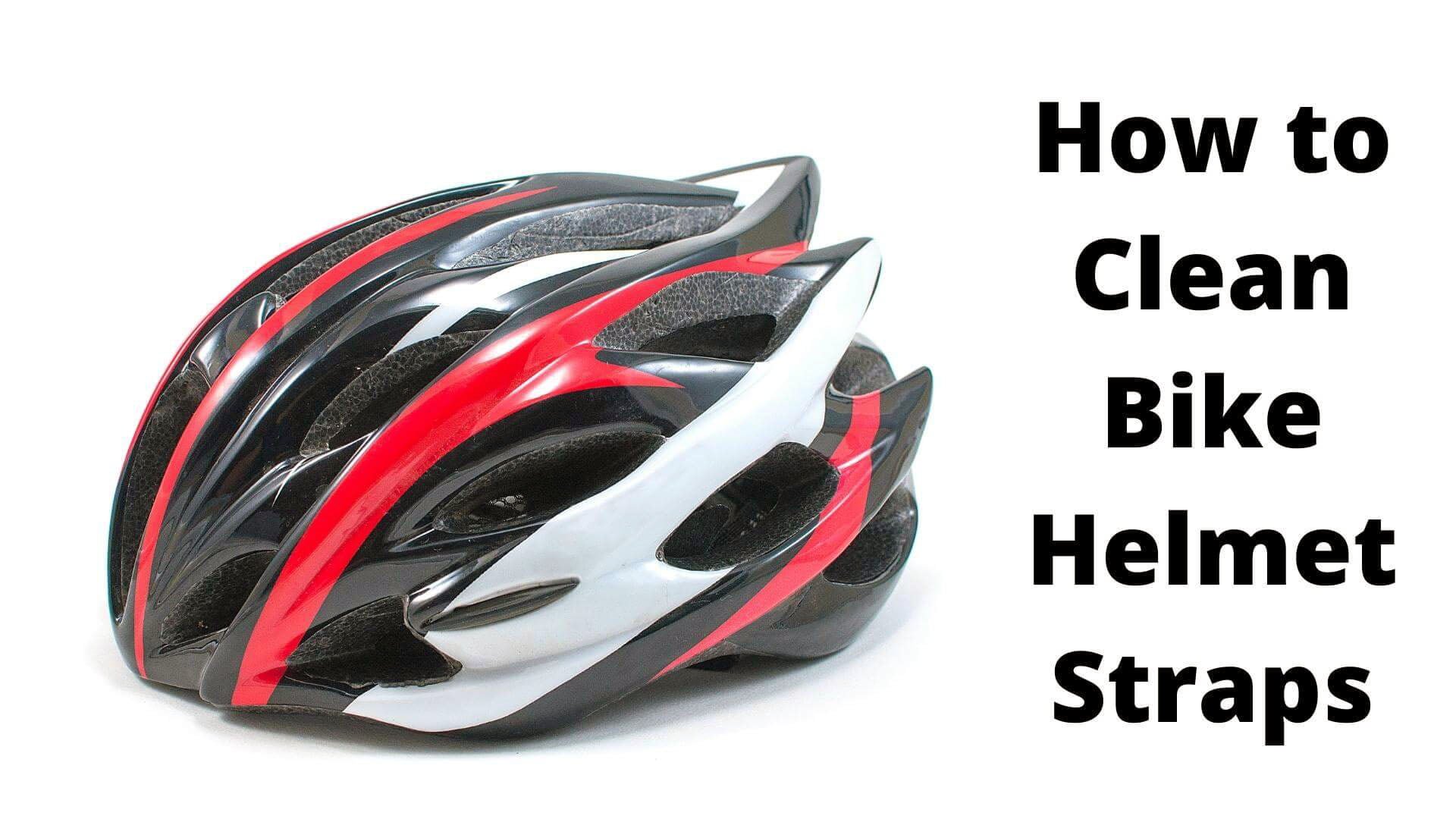Should I Replace My Mountain Bike Helmet After a Crash?
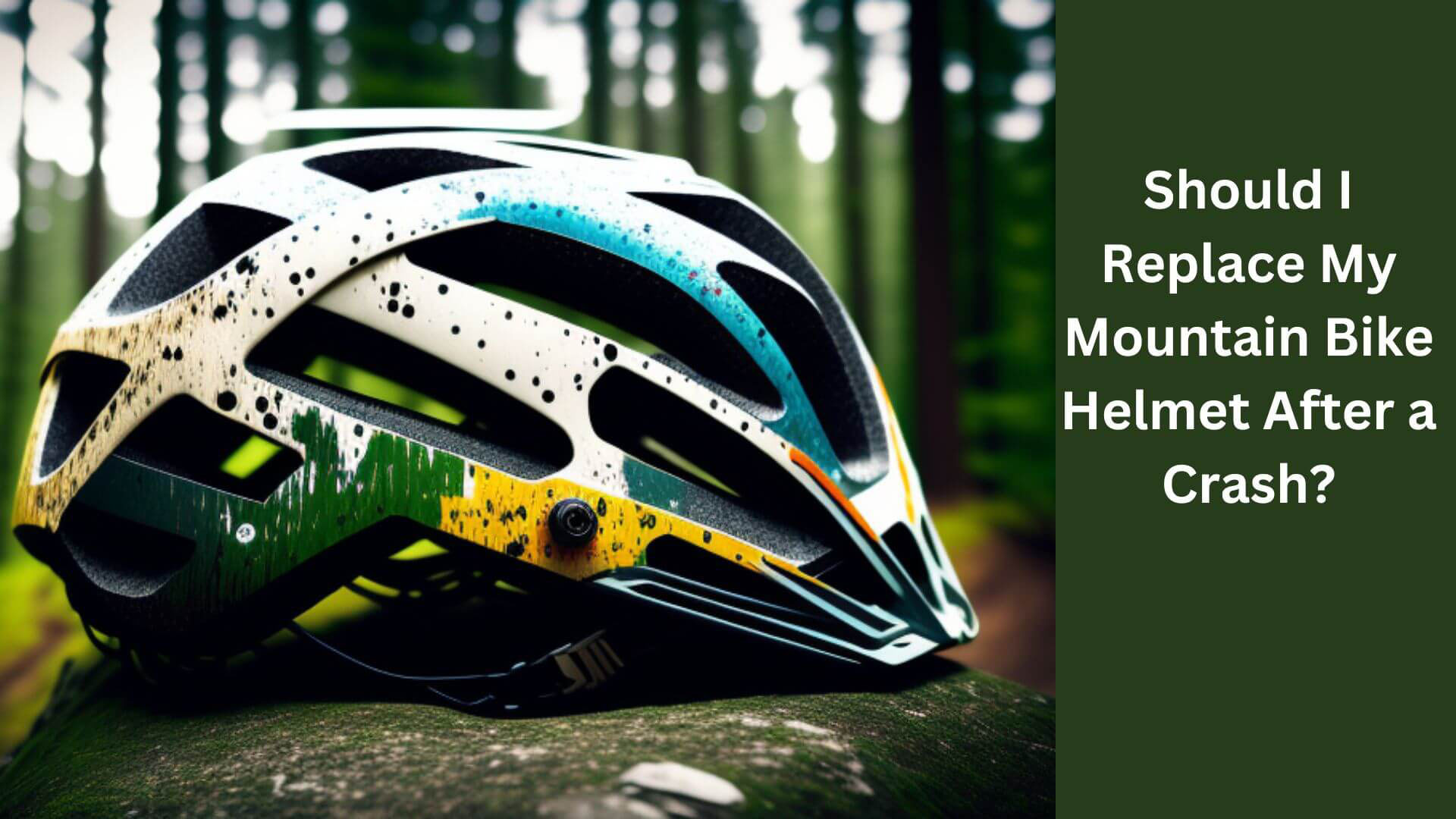
As a passionate mountain biker, safety is always a top priority when hitting the trails. A helmet is one of the most critical safety equipment a mountain biker must have. Wearing a helmet makes you much less likely to hurt your head in an accident.
But what happens if you have a crash? Should you replace your mountain bike helmet after a crash? This article will explore the answer to this question and provide valuable insights.
The Short Answer: You Should Replace Your Mountain Bike Helmet After a Crash.
Even if your helmet appears undamaged after a crash, it may have internal damage you cannot see. Mountain bike helmets are designed to absorb the impact of a collision by crushing the foam inside the helmet.
This damage may not be visible, and the helmet may no longer provide adequate protection in the event of another crash. Therefore, replacing your helmet after a collision is always recommended, no matter how minor it is.
What are the Signs that My Mountain Bike Helmet has been Damaged?
There are several signs that your mountain bike helmet has been damaged and may need to be replaced:
- Visible cracks or dents on the outer shell of the helmet.
- Compression or deformation of the foam liner inside the helmet.
- A loose or damaged chin strap or buckle.
- The helmet feels loose or wobbly on your head after the crash.
- The helmet has been impacted in any way, even if no visible signs of damage exist.
- The helmet has been involved in a crash before, as helmets are designed for one-time use only.
It is important to note that even if there are no visible signs of damage, the helmet may still be compromised and should be replaced if there is any doubt about its safety.
It is always better to err on the side of caution and replace a helmet if there is any concern about its ability to protect your head during a crash.
Read More: Top-Rated Mountain Bike Helmet under $100!
How to Determine If You Should Replace Your Mountain Bike Helmet After a Crash
After a crash, you must carefully inspect your helmet for any signs of damage. Even if the helmet looks fine from the outside, examining its interior for any signs of wear is essential.
Here are some things to look out for such as:
Step 1: Cracks or Fractures
Cracks or fractures in the helmet’s outer shell are visible signs that your helmet needs to be replaced. Even if the crack is minor, it may have compromised the helmet’s structural integrity, making it unsafe.
Step 2: Deformities
Any dents or deformities in the helmet’s outer shell may indicate that the helmet has suffered damage from the crash’s impact. These deformities may not be visible outside, so inspecting the helmet’s interior is essential.
Step 3: Loose or Broken Straps
The straps on your helmet are essential for keeping the helmet securely in place. After a crash, check the belts for any signs of damage, such as fraying or tearing. If the straps are loose or broken, the helmet may not stay in place during a crash, reducing effectiveness.
Step 4: Crushed or Compressed Foam
The foam inside the helmet is designed to absorb the impact of a crash. After a collision, check the foam for any signs of crushing or compression. If the foam is crushed or compressed, it may no longer provide adequate protection in the event of another crash.
Step 5: Interior Damage
The interior padding of a helmet can become torn or displaced during a crash, making the helmet less comfortable to wear and less effective at absorbing impact force.
Step 6: Hairline Cracks
Sometimes, a helmet can sustain hairline cracks that are not immediately visible to the naked eye. These cracks can compromise the helmet’s structural integrity and make it less effective at protecting your head during future crashes.
Step 7: Age of the Helmet
Even if your helmet appears undamaged after a crash, you should consider replacing it if it’s over five years old. The foam inside the helmet can deteriorate over time, reducing its effectiveness during a crash.
Read More: Safeguarding Young Adventurers: 7 Best Mountain Bike Helmets for Kids
What are the Risks of Not Replacing My Mountain Bike Helmet After a Crash?

There are several risks associated with not replacing your mountain bike helmet after a crash:
1. Reduced protection: If the helmet has been damaged, it may not be able to provide the same level of protection in the event of another crash. The helmet may not absorb impact force as effectively or may not stay securely on your head, increasing the risk of head injuries.
2. Further damage: If the helmet has been compromised in a crash, it may be more susceptible to further damage during future rides. A helmet that has already been impacted may not be able to withstand another impact, as well as a new, undamaged helmet.
3. Invalidated warranty: Some helmet manufacturers may void the contract if the helmet has been involved in a crash and not replaced, leaving you without protection or recourse in the event of a future accident.
4. Legal liability: In the event of an accident, if it is discovered that you were wearing a damaged helmet that you should have replaced, you may be considered negligent and held legally liable for any resulting injuries.
Ultimately, the risks of not replacing your helmet after a crash far outweigh its cost. It’s always better to err on the side of caution and prioritize your safety by replacing your helmet after any impact, no matter how minor it may seem.
Read More: Exploring the Purpose of Visors on Mountain Bike Helmets
How Often Should I Get A New Helmet For My Mountain Bike?
The lifespan of a mountain bike helmet depends on several factors, including how often you ride, how hard you ride, and how well you take care of your helmet.
Most manufacturers recommend replacing your helmet every three to five years, even if it has not been involved in a crash.
This is because the materials in the helmet can break down over time, making it less likely that the helmet will protect your head in a crash.
Additionally, if you regularly expose your helmet to sweat, heat, or harsh weather conditions, it may degrade faster and must be replaced more frequently.
It’s essential to remember that if your helmet has been involved in a crash, it should be replaced immediately, regardless of age.
Even a minor impact can compromise the helmet’s ability to protect your head in the future. Additionally, if you notice any signs of wear and tear, such as cracks in the helmet shell or loose straps, you must replace your helmet as soon as possible.
Ultimately, it’s better to prioritize your safety and replace your helmet more frequently than to risk wearing a compromised helmet that may not provide adequate protection in the event of a crash.
How Much Cost of Replacing a Full-Face Mountain Bike Helmet After a Crash?
The cost of replacing a full-face mountain bike helmet after a crash can vary depending on the brand, model, and where you purchase the replacement helmet.
Full-face mountain bike helmets are more expensive than standard ones due to their additional protection and features.
On the lower end of the price spectrum, you might find full-face helmets for around $100 – $150. These helmets may have fewer features or a more straightforward construction.
On the higher end of the price spectrum, full-face helmets can cost $400 or more. These helmets tend to have more advanced features, such as better ventilation, lighter weight, and more advanced construction materials.
If you are replacing a full-face mountain bike helmet after a crash, it’s essential to prioritize your safety over cost considerations.
Don’t try to save money by purchasing a used or discounted helmet, as you may not know the helmet’s history, and it may not provide adequate protection.
Instead, invest in a high-quality replacement helmet from a reputable brand to protect you adequately during future rides.
Read More: Deciding on the Necessity of a Full-Face Mountain Bike Helmet
Are there any Special Considerations for Replacing a Full-Face Mountain Bike Helmet?
Yes, there are some special considerations to remember when replacing a full-face mountain bike helmet.
Full-face helmets are designed to provide additional protection to the face and jaw, and they typically have a more complex construction than standard mountain bike helmets.
Here are some things to keep in mind when replacing a full-face mountain bike helmet:
1. Fit: Full-face helmets tend to have more complex fit systems than standard helmets, so it’s essential to make sure that you choose a replacement helmet that fits properly. Look for a helmet with an adjustable fit system, and make sure you try it on before purchasing to ensure that it fits securely and comfortably.
2. Certification: Look for a full-face helmet certified by a recognized safety organization, such as the Consumer Product Safety Commission (CPSC) or the European Committee for Standardization (CE). These certifications indicate that the helmet has been tested and meets specific safety standards.
3. Ventilation: Full-face helmets can be hotter and more uncomfortable than standard helmets, so look for a replacement helmet that has good ventilation to help keep you cool and comfortable during rides.
4. Price: Full-face helmets tend to be more expensive than standard helmets, so be prepared to spend more on a replacement helmet. However, the added protection that a full-face helmet provides is worth the investment.
5. Style: Full-face helmets come in various styles and designs, so choose a replacement helmet that matches your style and preferences.
Considering these considerations, you can choose a replacement full-face mountain bike helmet that provides the necessary protection and comfort for your rides.
FAQs About Should I Replace My Mountain Bike Helmet After a Crash?
How often should my mountain bike helmet be replaced?
Replacing your helmet every three to five years is recommended, regardless of whether it’s been in a crash.
Can I still use my helmet after a minor crash?
It’s best to err on caution and replace your helmet after any impact, no matter how minor.
Can a helmet still protect if it looks undamaged after a crash?
No, the helmet may have sustained damage that’s not visible to the naked eye, and it’s best to replace it.
Should I replace my helmet if it’s been dropped but not in a crash?
If your helmet has been dropped from a significant height or has sustained a hard impact, it’s best to replace it.
Can I repair my helmet instead of replacing it after a crash?
No, repairing a helmet after a crash is not recommended, as the damage may not be visible and could compromise the helmet’s effectiveness.
Final Fate
In conclusion, if you’ve had a crash while wearing a helmet, you should replace it. Even if the helmet doesn’t look damaged, it may have sustained internal damage that compromises its ability to protect you in the event of another accident.
Additionally, the helmet may no longer meet safety standards after a crash. By replacing your helmet, you can ensure that you have a helmet that is in good condition, meets safety standards, and provides peace of mind.

Hey, I’m Hrithik Hossain. I am the head of helmethacks.com, which specializes in safety helmets. I am looking to connect with anyone interested in purchasing a helmet or who has any questions about different types of helmets. I have over 8 years of experience as a helmet expert, and I can’t wait to help you find the perfect helmet for you. I can help you with any questions regarding helmets, from the best brands to fitting, style, and more! I really enjoy keeping people safe by ensuring they have the best protection possible.

